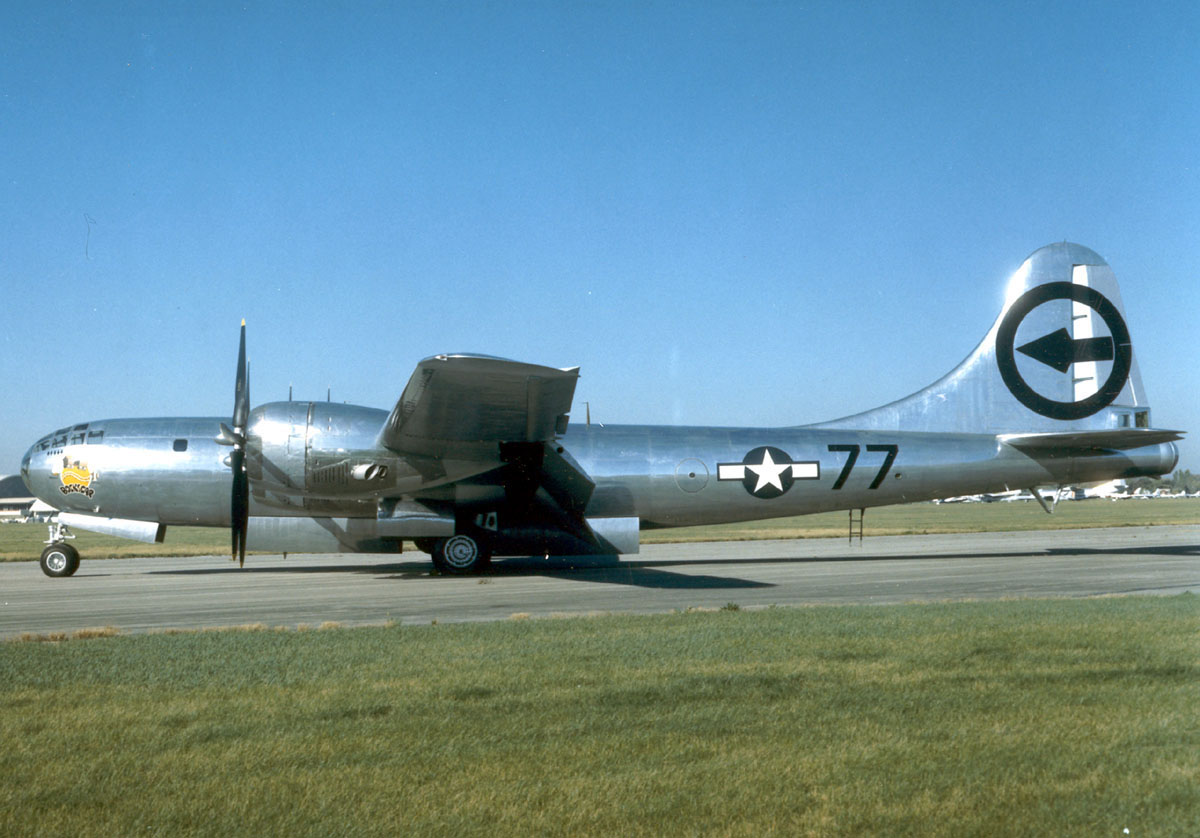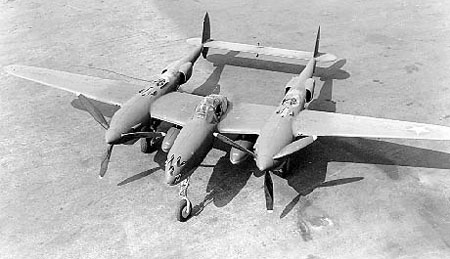whitehall
Diamond Member
The island is only about 2 miles by 4 miles and it took the lives of almost 7,000 Marines in a month of fighting from Feb. 14 to March 16 1945. It's said that FDR gasped when he was shown the casualty list.
Follow along with the video below to see how to install our site as a web app on your home screen.
Note: This feature may not be available in some browsers.

What accounts for the incredible casualties in the debacle where "uncommon valor was a common virtue"?

They needed the air base.
Iwo Jima was on the route that our bombers took from the Mariana Islands to Japan. And in case an aircraft sustained battle damage or was low on fuel due to adverse winds, that was the best place for them to put down for repairs. In fact, the battle was still raging when the first bombers made emergency landings on the air field, under sniper fire.
Yes, over 7,000 were killed. But over 25,000 were then saved, as they could land their damaged bombers and have them repaired, instead of crashing into the ocean where they likely would have been killed.

Photo of the first B-29 to make an emergency landing on Iwo Jima on 4 March 1945. By 26 March, 36 B-29s had made emergency landings at the airfield. There were over 2,000 emergency landing on the airfield before the end of the war, each B-29 had a crew of 11.
You have no idea what you're talking about.Who in their right mind would trade 7,000 Marines for an airfield? Intel must have known that the Japanese had fortified the island for forty years and every square inch was bracketed with machne gun and/or mortar fire. The air base was intended to be used by fighter planes to cover the bombing raids. Crippled bombers were doing fine landing in friendly China at the time and it was probably more dangerous to send them out to sea looking for a 2x4 tiny island. Government propaganda was quick to justify the deaths of 7,000 Marines and 20,000 wounded by changing the mission after the fact.

The map shows a 4 mile by 2 mile dot in the ocean. What else should I look for? The U.S. traded 7,000 Marines for a crappy island that they could have bypassed.
^^^^ Exhibit "A" that you don't have a clue and are talking out your ass. ...Crippled bombers were doing fine landing in friendly China at the time and it was probably more dangerous to send them out to sea looking for a 2x4 tiny island.

The map shows a 4 mile by 2 mile dot in the ocean. What else should I look for? The U.S. traded 7,000 Marines for a crappy island that they could have bypassed.

Intel must have known that the Japanese had fortified the island for forty years and every square inch was bracketed with machne gun and/or mortar fire. The air base was intended to be used by fighter planes to cover the bombing raids.
Most people don't realize that Iwo Jima was also used as an airfield for American fighter planes like the P-51 Mustang and P-38 Lightning which were long range fighters, and could easily escort and protect the B-29 bombers from Iwo Jima to Japan and back.
Good post but I disagree over a couple of items.This shows how wrong you are. Completely and utterly wrong.
First of all, they had not been "fortifying it for 40 years". All there was on the island prior to the middle of 1944 was some sugar cane plantations, a few sulfur mines, and a small Navy base. It had about 1,000 people, and a single police officer. The buildup did not start until the middle of 1944. Hell, Letters from Iwo Jima specifically covers a lot of that phase, there were no defenses at all on the island until 1944.
And no, the island was never to be used by fighter planes. The longest combat range of any US Fighter during the war was the P-51, at 750 miles. The distance from Iwo Jima to Tokyo was... 750 miles. For escorting bombers, that island would have been useless as it was at the extreme edge of their capability, and they could only have done combat for around 5-10 minutes before turning around and returning or they would have run out of fuel.
No, the next major island was the one they needed for a fighter base. That was Okinawa. That is because the first part of Operation Downfall was Operation Olympic, the taking of Kyushu Island. And the distance from Kadena Air Base to Kyushu is 550 miles. That would allow fighters to operate as escorts, or even perform air to mud missions and still have the fuel to loiter, and return safely. You never conduct operations with aircraft at the absolute edge of their combat capabilities. Unless you are doing something like ambushing a highly ranked Admiral.
Please, try doing research instead of simply making things up as you go along. Otherwise people who actually know about such things will show you are wrong every time.

Both the P-51 and P-38 could effectively double their flying range with the use of drop tanks to carry extra fuel. Especially the P-38 which could extend its 1,350 mile range to an astonishing 2,600 range with dual drop tanks. Thus giving them the range to escort B-29's to Japan.
"Also groups and squadrons (of B-29's) deployed to Okinawa assigned to Eighth Air Force, in July/August 1945 but did not engage in combat operations."
